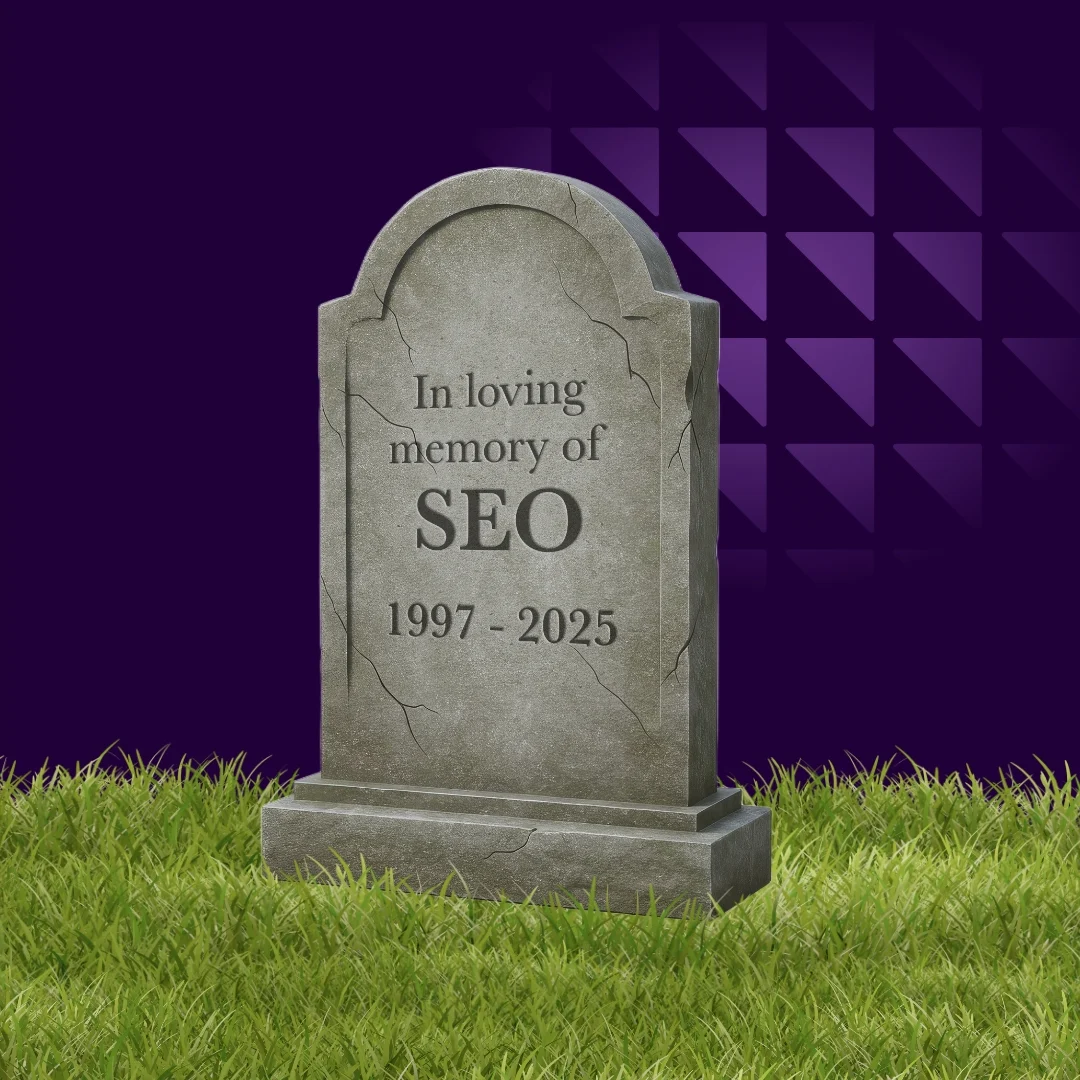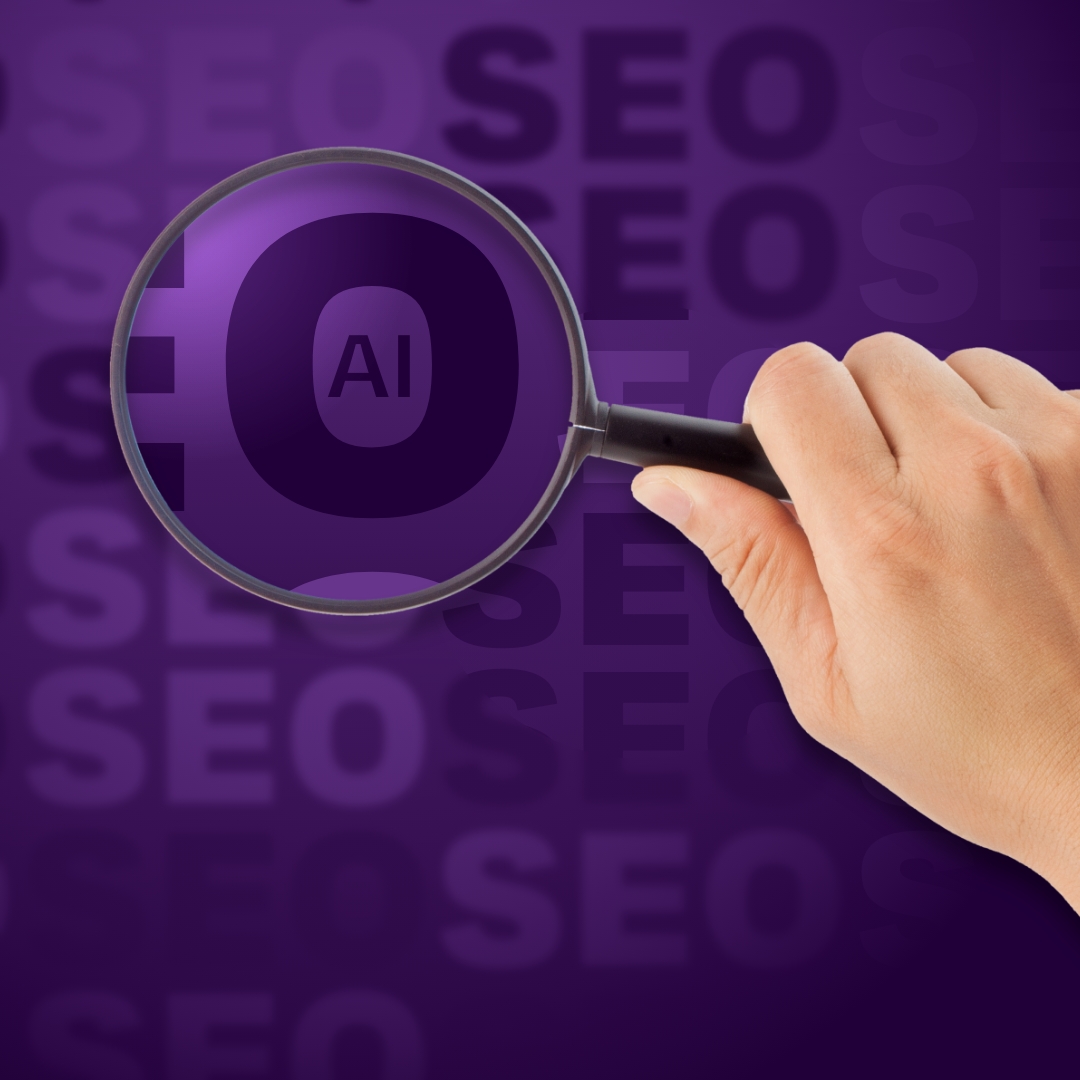Conversion Rate is a metric that tells you what percentage of your website visitors/social media followers/advert viewers have took the plunge to let you know they’re interested in your offer. They’ve converted, and they’re now a lead for you to approach directly.
Conversion Rate Optimisation (or CRO, if you’ve not got all day) is a set of strategies designed to increase your conversions. You’ve got to look at all the factors that are affecting people’s choice to click your button (or not). It’s a great way to keep your marketing purposeful, and provide focus for your digital marketing data.
We’re going to give you the Trio Guide to Conversion Rate Optimisation – our secret formula that keeps the romance alive with our clients, and helps us provide the best digital marketing Leeds has to offer. But first, some stats;
- A typical conversion rate might be anywhere between 1% and 5% – the average website is converting 2.35% of its visitors.
- If you’re smashing it, you might convert between 3x or 5x more than the average. So if you’re hitting 10%, that’s pretty awesome.
- Only about 22% of businesses report being satisfied with their conversion rate (we suspect about half of that 22% didn’t know what a conversion rate is, and just said they were satisfied so they looked clever).
The Trio Guide to Conversion Rate Optimisation (ta-daa!)
Our approach is based on 5 key strategies;
- Keep it simple
- Landing page optimisation
- Personalisation
- A/B Test
- Measure results
1.Keep it simple
Simple is beautiful. Simple works. And simple sells. We’ve written previously about how digital marketers should concentrate on keeping things easy to understand. It’s not because people are thick – they just haven’t got time for waffle.
- Don’t overcomplicate your messaging. Can you say it in less words? Can you say it without jargon?
- Stick to one Call-To-Action (CTA). What do you want your visitor to do? Pick one desired action and stick to it.
- Place your CTAs in prominent positions. Don’t play hard to get – they may well be ready to convert when they land. Show them the button.
- Simplify your navigation. Yes, you’ve got lots of pages. No, nobody wants to see every single one of them, itemised on a massive list. If you’ve got a whole bunch of pages that are absolutely critical to the user experience, then consider a ‘mega menu’, with clearly defined categories.
- Only ask for the essentials on the contact form. No need to be nosey, is there? Otherwise you’ll have nothing to talk about when you ring them up. Keep the contact form to the bare minimum – they’re just dropping you a note, not applying for citizenship.
2. Landing page optimisation
Say it with us – the landing page is not the home page.
A home page serves to welcome visitors into your world. Lots of links, various attractions.
A landing page is a straight-up piece of mid-funnel magic that’s designed to pull conversions out of keywords like a conjurer pulling flags out of his nose. Someone’s googled the thing they want, or clicked an ad – you’re going to give it to them.
- Use video. This is the place for it. Videos on landing pages increase conversions by 80%. Keep it unique to the landing page too – anyone who wants to watch that video has to come to the landing page.
- Don’t be stingy with the info. Make sure you’ve given your landing page visitor everything they need to know. Answer every possible question, address every possible concern. This depth of information will also improve the landing page SEO.
- Lose the nav bar. ‘Oh, what else do they do? That looks interesting! What’s on this ‘About’ page, then?’ WHACK! Stop that! Say it again – the landing page is not the home page. Lose the nav bar, keep them focused.
- Contact form, high on the right-hand side. If you’ve packed this page with all the info needed to make a purchase, you’ll need to adjust the layout to provide a shortcut for visitors who arrive ready to convert. We’re not playing hard-to-get, remember?
- Keep it fast. Avoid slowing the page load speed with large files or animations – let your landing page get on with the job it’s designed to do.
3. Personalisation
We’ve talked before about how personalisation is a key factor in providing a great online customer experience. It’s also unsurprisingly a great focus area for CRO, with personalised CTAs performing waaay better – 202% better, to be exact.
- Greet the user by name. If you’ve got any kind of customer account functionality, then you should probably look into allowing your customers to remain logged in for personalised greetings.
- Create a bespoke experience, based on their interests. Again, easier with customer accounts – but there are software solutions available to help you cater to the saved preferences of your returning customers – even without a customer account. Pure Clarity is a good example.
- Recommend products for them. This can be tricky to get right, but it’s worth tinkering with until you get it right. Think less ‘Wish’, more ‘Amazon’. And please don’t blindly show people the thing they’ve already bought – they’re not likely to need another trampoline quite so soon.
- Focus on your repeat customers. Obviously, you can’t personalise for first-time visitors until you’ve got to know them. So make the most of those who return – they’re clearly happy enough to come back, so let them know you’re happy to see them, with as much personalised goodness as you can muster.
4. A/B Testing
This is where things get interesting. Assuming you’ve checked your marketing against everything we’ve listed so far, you should have a few ideas about how to improve your conversion rate. Let’s test them out, A/B style – with some of your audience on the new version, some on the old, we can see who gets clickier.
- Make sure your testing fits your needs. There isn’t a one-size-fits-all approach – some of the changes you want to make might be so obvious they don’t need testing, or you might have seasonal fluctuations in demand and revenue that are going to skew your results. Test in ways that work for your business.
- Test your landing pages. For maximum CRO, concentrate on your landing pages. Don’t assume anything – just because Neil Patel (or us, for that matter) says it’s the way to CRO doesn’t guarantee that it’s going to work for your audience. Try longer page length vs. shorter page length. Play with your photos, your form placement, even your CTA button colour. Take nothing for granted.
- Use a robust measurement model. You’ll need to make sure you get enough data – for smaller sites with less traffic, that can be tricky. A longer testing period will help, and try to only test one variable at a time (unless you enjoy guessing games).
5. Measure results
Obviously, you’re measuring conversion rate. But when you’re trying to understand visitor behaviour, it’s useful to keep an eye on your other metrics and dimensions too, just to see if there’s a bigger picture you should be aware of.
- Volume of traffic/visitors. Understanding the peaks and troughs in your traffic can help your CR. Is there a pattern to traffic increases? Is it weekly, monthly, or seasonal? Does it represent increased demand, or are there other factors at play? Find these patterns, and adjust your marketing strategy to suit. Your PPC ads can be set up using ‘rules’ to maximise this ebb and flow.
- Bounce rate/time on page. A low bounce rate is generally considered better for SEO – longer page engagement sends signals to search engines that content is valuable. It really depends what you’re selling, though – some purchases don’t require the same level of customer research. A high bounce rate could be a sign that your funneltastic landing page is just doing its job really well, and customers are making their purchase quickly.
- Cost per acquisition. Conversion rate optimisation isn’t just about boosting your conversion rate. It’s about making sure you’re getting the best return on your efforts, too. Increasing your ad spend might drive up your CR, sure. But it might not be the most cost-effective way. Implement your A/B tests with a beady eye on this metric, to see where your changes provide the best ROI.
- New vs returning visitor. Use your analytics platform wisely, and segment these two groups. If you’re using personalisation to improve your conversion rate, the data from returning visitors will give you a better idea of your success than the data from brand new customers who you can’t personalise for yet.
- Source/medium. Where do your best customers come from? Segment by source/medium to see how you acquire your conversions. This can help you focus your promotional efforts where they matter most, and waste less money targeting ‘tyre-kickers’.
So now you’re all ready to go for the CRO!
It’s a lot of work, and you’ve got to stay super-focused to get it right. If it all seems a bit much (when you’ve got a business to run, too) then don’t hesitate to get in touch with us here at Trio Media, and we’ll get our in-house CRO experts to sort you right out.


